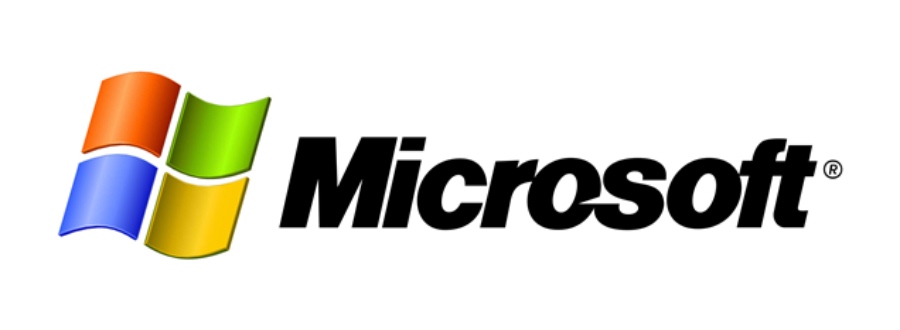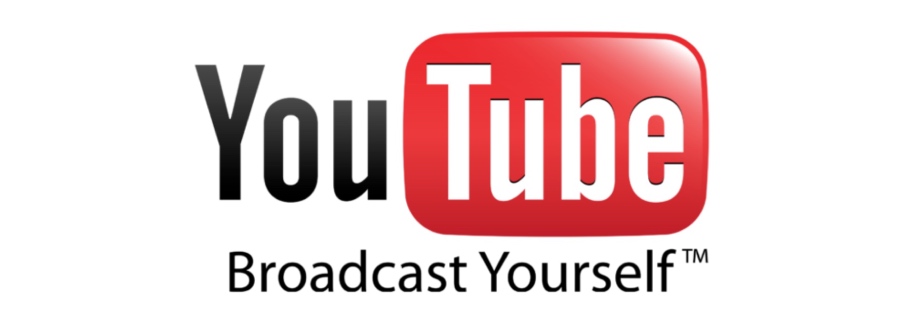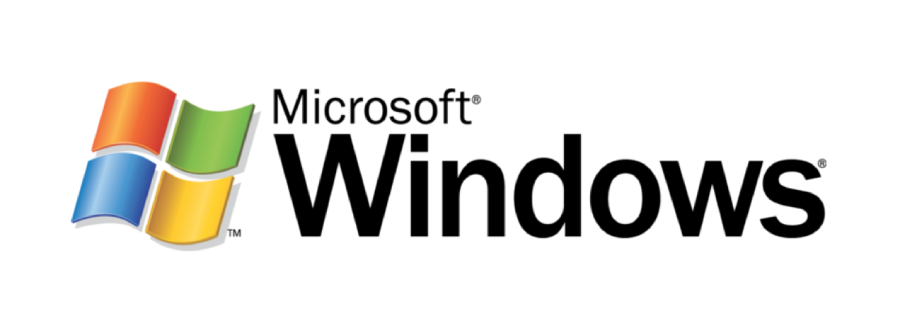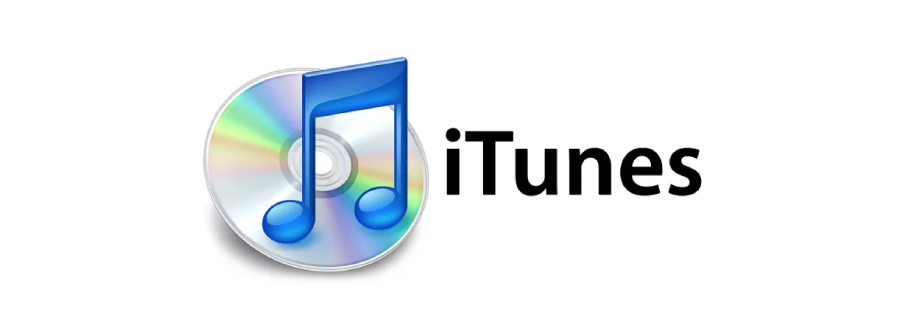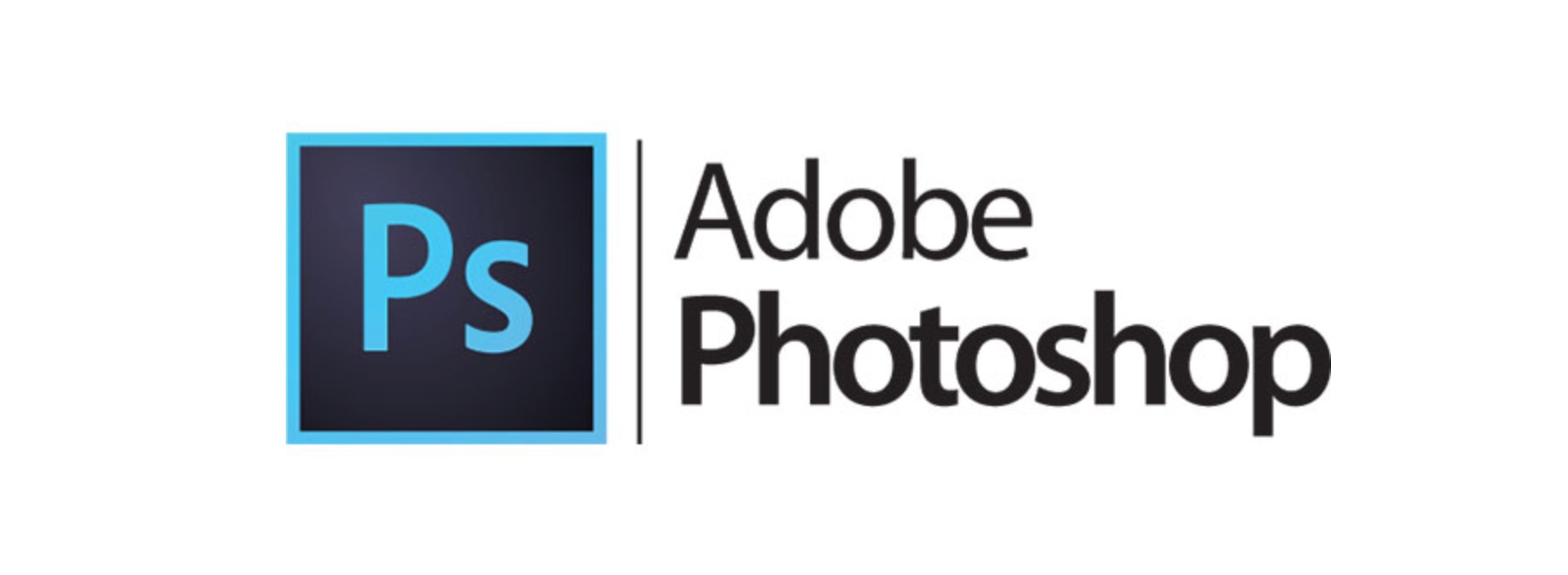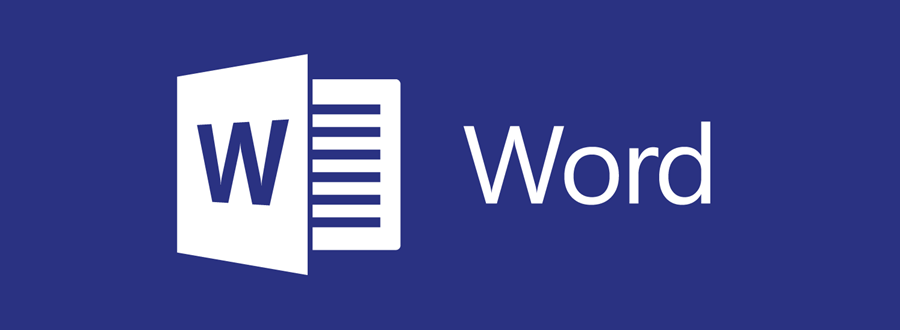History of NYTimes.com
The New York Times, with its motto of “All the News That’s Fit to Print,” was long regarded within the journalism community as America’s national newspaper of record. And during nearly two decades, it has worked doggedly to figure out how to match its online presence with its reputation, as it segued from a mostly static website to a fiesta of interactivity, video and multimedia options. According to comScore, in 2017 the web version had more than 90 million unique visitors each month, and is the number one individual newspaper website in the United States.
NYT on AOL (1994)
The Gray Lady, as The Times before its color pages was called, dipped its toe carefully into the waters of the web in the spring of 1994 on America Online. In a service called @times, it offered a selection of the day’s news, including cultural and entertainment articles. The service was limited to America Online’s 4 million subscribers.

NYTimes.com (1994)
Source: ismaelnafria.com
NYTimes.com launch (1996)
The debut of The Times’s own homepage was Jan. 22, 1996, when its editors stated that the newspaper hoped to become “a primary information provider in the computer age.” These early homepages carried the paper’s banner, “The New York Times,” with a subordinate message, in tiny capital letters, “ON THE WEB.” To the left of the day’s date was The Times’s venerable motto, “All the News That’s Fit to Print.” The online version was essentially a copy of the print sections, with limited interactivity, no comments and no blogs. It was viewed then as an alternative platform for the print newspaper. Here is the original press release issued by The Times about its new website on Jan. 22, 1996.
There was no access charge for domestic users, but first-time users were required to register. The online version did offer value added: there was new content about technology in a daily web site section called CyberTimes, and there were online forums. Also available was the breadth of The Times archives, and, as the press release said, “the immediacy of news updates.” But it would take nearly a decade before The Times consistently posted important original stories online first -- instead of waiting for them to appear in the print newspaper.

NYTimes.com homepage on Netscape Navigator browser (1996)
Source: theatlantic.com

NYTimes.com homepage (1996)
Source: web.archive.org

NYTimes.com homepage (1997)
Source: mrmedia.com
Maturation of the New York Times website (1998)
By 1998, The Times homepage had dropped the “All the News That’s Fit to Print” slogan. In addition, it offered more, and larger, featured headlines, with bigger pictures and a sleeker layout.
Article growth, interactivity and ads (2000)
After the advent of the millennium, the homepage began featuring a greater number of articles. The website placed more emphasis on the online equivalent of the “inside” pages in the print edition, as well as articles that appeared in its Sunday supplements and special sections. By mid-2000, the homepage offered more web ads, gave more prominence to its classified advertising section, and attracted attention to its web forums, encouraging interactive reader interest. Even then, The Times was trying to increase “dwell time” on the site.

NYTimes.com homepage (2000)
Source: web.archive.org

US Presidential election coverage (2000)
Source: web.archive.org
September 11 Terrorist Attacks (2001)
The Times website became vastly more responsive to breaking news than its original iterations -- and if necessary, scrapped its homepage clutter when major news erupted. One of the most iconic page views from this era was that of Sept. 11, 2001, the day of the terrorist attacks in New York City.

Sept. 11 NYC Terror Attacks (2001)
Source: web.archive.org
NYTimes.com begins to take precedent over print version (2004)
By 2004, the homepage claimed more and more time from editors and reporters, and increasingly those who wrote for the print paper became accustomed to writing additional quick stories that were tailored to the web.

Homepage (2004)
Source: web.archive.org
Homepage redesign (2006)
The homepage look and feel was refreshed in April 2006, providing a wider canvas to print stories in as screens continued to get larger.

Homepage (2006)
Source: web.archive.org
A video game, free content, and apps (2007-2010)
In May, 2007, The Times was said to be the first newspaper to offer, as a part of its editorial content, a video game called “Food Import Folly.” The game is now hosted on another website, but can be found here.
The Times had started charging viewers for access to editorial columnists and critics, to boost revenues, but on Sept. 17, 2007, the paper announced that it would make all content free. The theory then, widely accepted, was that there would be more potential advertising revenue from the increased traffic on a free website. Also, columnists and reviewers were complaining that their articles weren’t being widely dispersed around the web, since only a limited subscription audience could see their writings. In 2008, The Times leaped into the mobile universe, making its website available on the iPhone and and iPod Touch.

2008 US Presidential Election results (2008)
Source: web.archive.org

Homepage (2010)
Source: web.archive.org

NYT iPhone app (2010)
Source: jenniferbrook.com
New York Times iPad App (2010)
The iPad launched in 2010, and with it, the first NYTimes app.

NYTimes iPad app (2010)
Source: geek.com
Paywall introduced for content (2011)
In 2011, The Times, disappointed by what it discovered were paltry advertising revenues available from web ads, established a “paywall” for subscribers, which continues to the present. Readers would be able to access up to 20 articles each month without charge, but more frequent readers had to buy a subscription. By April, 2012, the number of free-access articles was halved to only 10.

Paywall popup dialog (2011)
Source: pandologic.com
Times launched a Mandarin-language site (2012)
In 2012, The Times introduced the first of its foreign language news sites, in Mandarin, which included original content by staff reporters in Beijing, Hong Kong and Shanghai. To avoid censorship by the Chinese government, the site’s server was located outside of China. That site exists at cn.nytimes.com. Here is the Times official announcement about their Chinese-language site.

NYTimes.com (2012)
Source: web.archive.org
Front page and article redesign (2013)
The Times fan-fared another major web redesign, offering more streamlined article pages, while presenting an interface with faster load times to make “navigating between stories easier.” The Times created a video to announce the changes.

2013 homepage redesign (2013)
Source: web.archive.org

Redesigned site navigation (2013)
Source: fontsinuse.com

New article page (2013)
Source: fontsinuse.com
First virtual reality news article (2015)
On the weekend of Nov. 7, 2015, The Times took another landmark step online, distributing more than a million Google virtual-reality viewers to its subscribers. After assembling their Google cardboard viewers, subscribers could download a free virtual-reality app on their smartphones. Those were to be placed in a slot in the viewer. Readers could then look at their phone screens through lenses in the viewer, which enabled them to see a three-dimensional, 360-degree view of The Times’s first virtual reality film. Called “The Displaced,” it visually told the story of three children uprooted by war. Instead of offering travelogues or movie clips, The Times created its “first critical, serious piece of journalism using virtual reality, to shed light on one of the most dire humanitarian crises of our lifetime,” its executive editor said.
The desktop version can be found here, while instructions for using the viewer are here.

NYT VR app (2015)
Source: nytimes.com
Responsive design (2018)
Responsive design allows a single web page to easily resize itself to the screen dimensions of desktops, tablets, and phones, which alleviates the need for totally different versions of the same page. The Times was somewhat of a laggard in moving to a responsive-design layout compared to its peers in media. But in 2018, the move was made. The newspaper announced the change with some supporting documentation.

Responsive design on homepage (2018)
Source: nytimes.com

NYTimes.com homepage (2019)
Source: nytimes.com
100,000 US Coronavirus Deaths (2020)
As the United States crossed a threshold of 100,000 deaths from COVID-19, the Times devoted its homepage to showing some names of the deceased, along with a factoid about their lives. This served as a gateway to a more in-depth feature titled An Incalculable Loss which showed an icon for each person who perished.
Please help support our museum hosting costs by making a small donation -- buy us a coffee! Thank you so much!
 Buy us a coffee!
Buy us a coffee!
Scroll up to the top.








